How to Write a Recipe for a Food Blog: Attract & Engage Readers
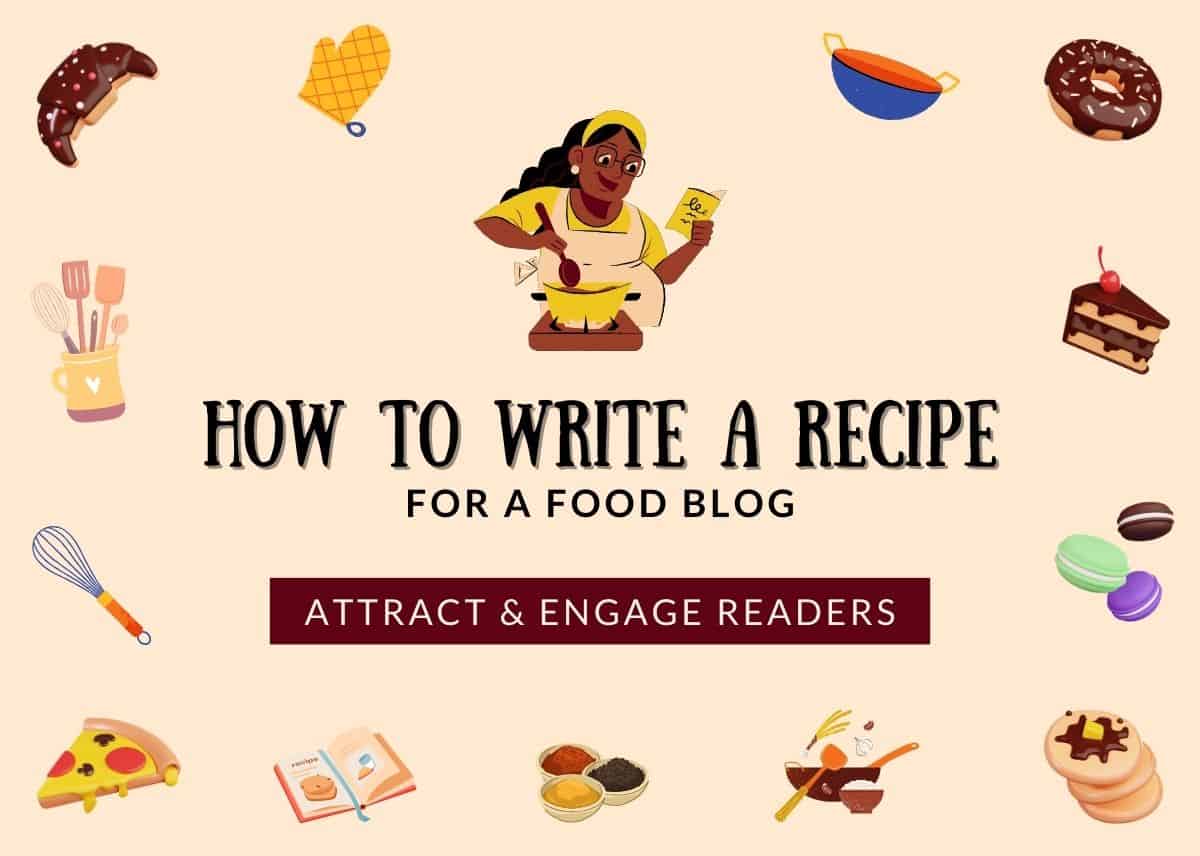
Writing enticing recipes isn’t just about listing ingredients and steps. It’s about storytelling, precision, and creating a dish that readers can confidently recreate.
Table of Contents
Here’s your guide to writing delicious recipes that will have everyone asking for seconds:
How to Write a Recipe for a Food Blog?
1. Research & Draft
- Don’t jump in! Explore existing recipes for tips, techniques, and unique ingredients.
- Write a draft in your own words, imagining yourself cooking each step. This helps catch mistakes before you even test the recipe!
2. Know Your Audience
- Tailor your recipe to your target reader.
- Consider their budget, time constraints, and ingredient access.
Are they busy parents who need quick, simple meals? Vegan cooks seeking dairy-free alternatives?
3. Craft a Compelling Ingredient List
- Gather all ingredients beforehand to avoid mid-recipe scrambling.
- Use seasonal ingredients for freshness and accessibility.
- List ingredients in the order they’re used, with clear measurements (cups, grams, etc.).
- Separate ingredients for complex recipes with multiple stages (e.g., pizza dough, sauce, toppings).
- Translate local ingredients into universal terms.
- Include simple prep steps like “boiled and peeled potatoes” within the ingredient list.
- Use one consistent measurement system (cups or grams).
- Mark optional or substitute ingredients clearly.
4. Precision is Key
- Exact measurements and timing are crucial for success.
- Be specific about doneness: “golden brown,” “softly set,” etc.
- Provide clear timeframes for each step: preparation, resting, cooking, etc.
For example, mention the exact water temperature for yeast activation and the resting time.
5. Write Clear, Engaging Instructions
- Break each step down into easy-to-follow sentences.
- Use active voice and avoid jargon. Imagine explaining the recipe to a beginner cook.
- Offer helpful tips and tricks throughout the process.
- Anticipate potential questions and address them in the instructions.
6. Paint a Picture with Words
- Describe the final dish’s appearance, texture, and aroma.
- Use vivid language to evoke a sensory experience for your reader.
7. Notes, Tips & Troubleshooting
- This section helps readers personalize the recipe and overcome challenges.
- Share personal notes, substitutions, and variations.
- Offer troubleshooting tips for common mistakes or unexpected results.
8. Food Photography is Your Friend
- Include high-quality photos of the ingredients, preparation process, and finished dish.
- Visuals are powerful storytelling tools and make your recipe more appealing.
9. Give Credit Where Credit’s Due
- If you’re adapting a recipe, credit the original source.
Remember
- Test and refine! The best recipes are tried and tested multiple times.
- Proofread carefully. Typos and unclear instructions can be frustrating for readers.
- Have fun! Your passion for food will shine through in your writing.
By following these steps, you’ll be well on your way to writing delicious and user-friendly recipes that will have everyone begging for more!
Some Helpful Examples
- Instead of: “Cook for 10-15 minutes,” write: “Sauté the vegetables for 5 minutes, stirring occasionally. Add the chicken and cook until golden brown, about 5-7 minutes more.”
- Instead of: “Enjoy!” offer a serving suggestion: “Serve hot with a side of roasted vegetables and crusty bread.”
Now go forth and create delicious culinary masterpieces!
Also read:
- How To Write A Perfect Recipe – Do’s And Don’ts
- Food Photography Tips for Food Bloggers | Food Photography Hacks | Food Photography Secrets | Food Photography Basics
- Food Photography Tips for Bloggers – How To Click Food Pictures For Social Media With Your Smart Phone
Product Recommendation
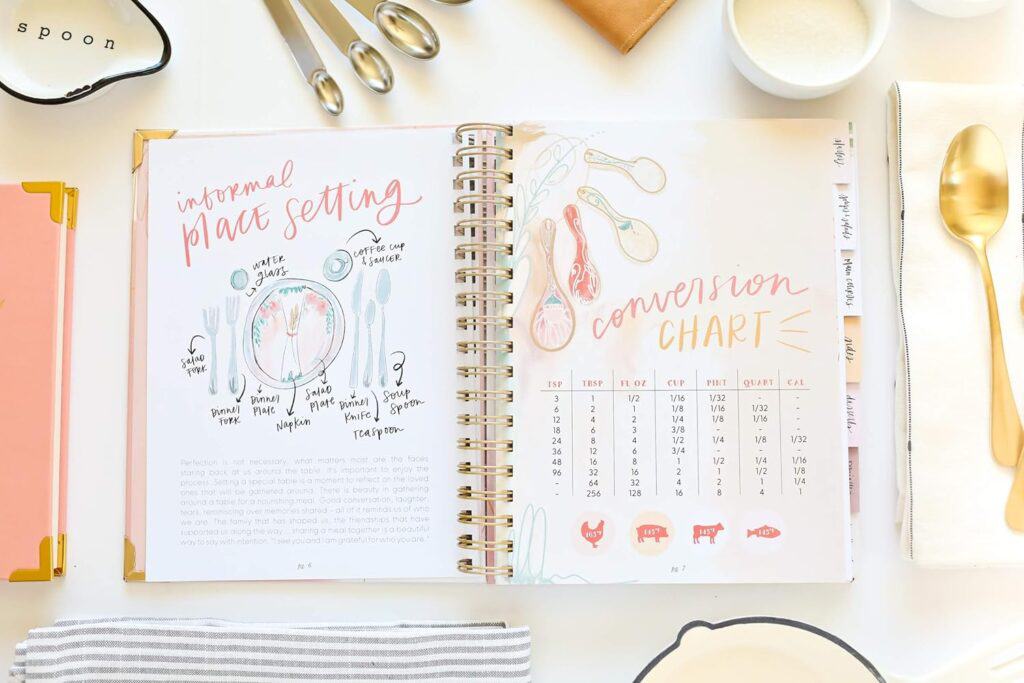
A Blank Recipe Notebook To Write In Your Own Recipes
This Recipe Book is a beautiful, high-quality, personal cookbook to save your cherished family recipes. Hold onto those old recipes — and all the memories created while enjoying them. Write in your own recipes, old and new, to pass down to friends and family for generations.
Articles You May Also Like
Recipes You May Also Like
No comments yet
Leave a Reply
You must be logged in to post a comment.



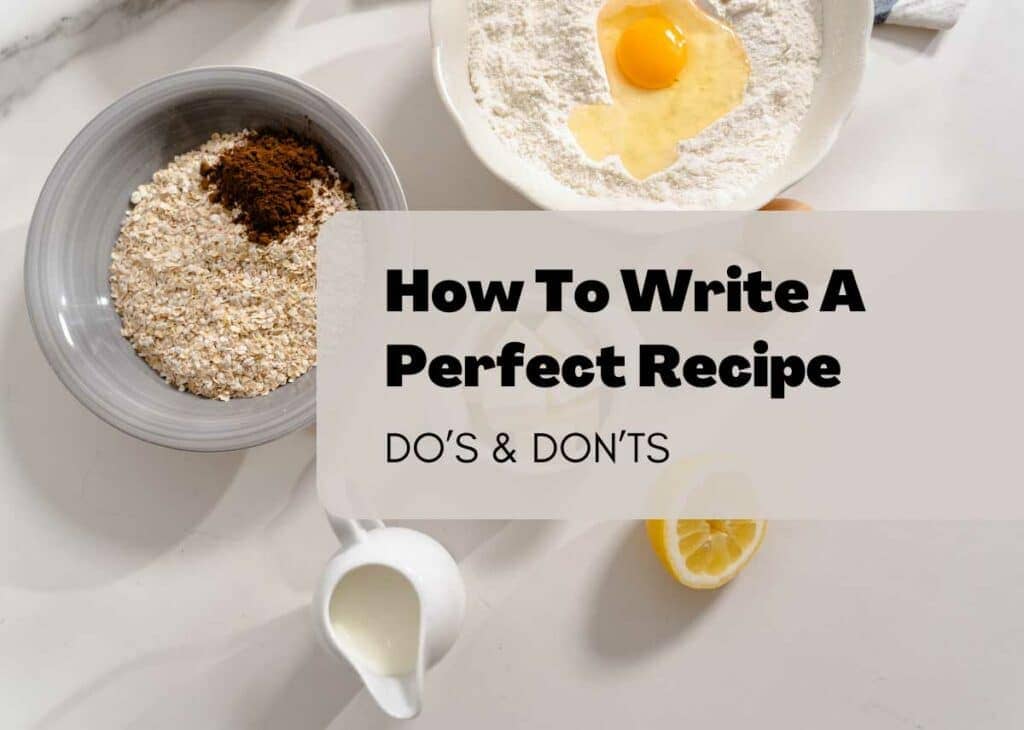
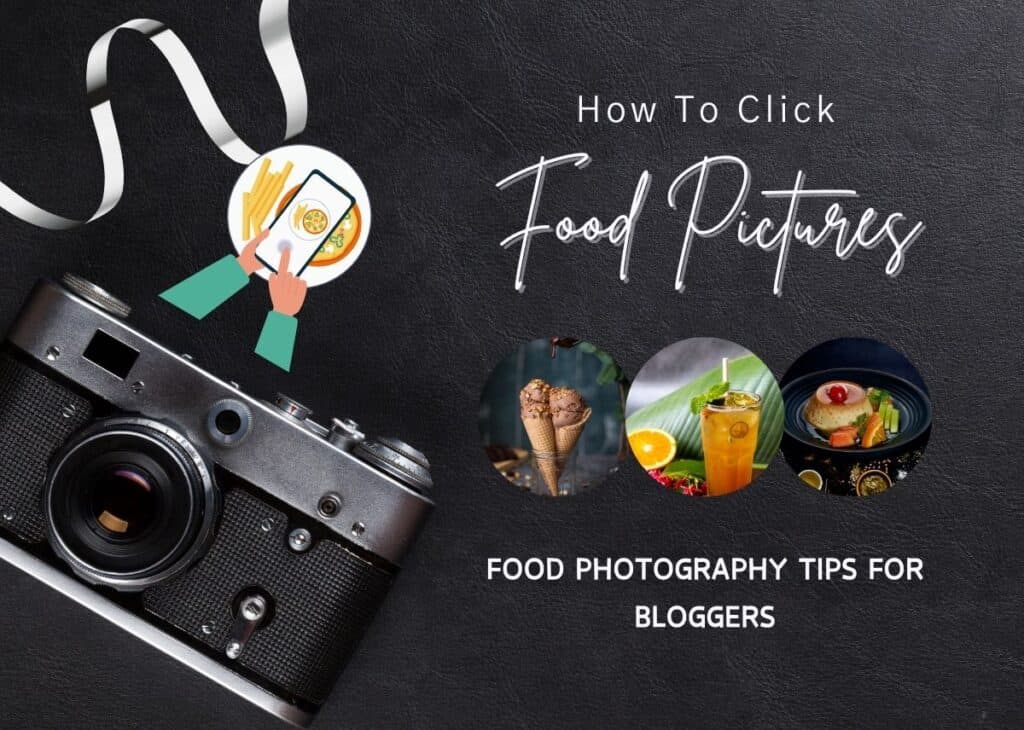

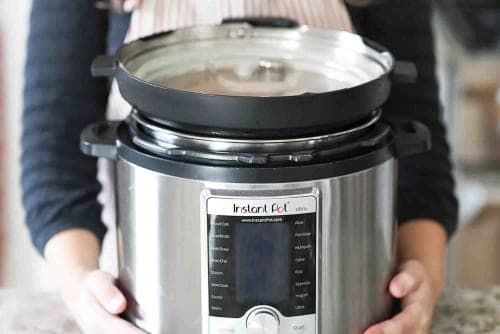
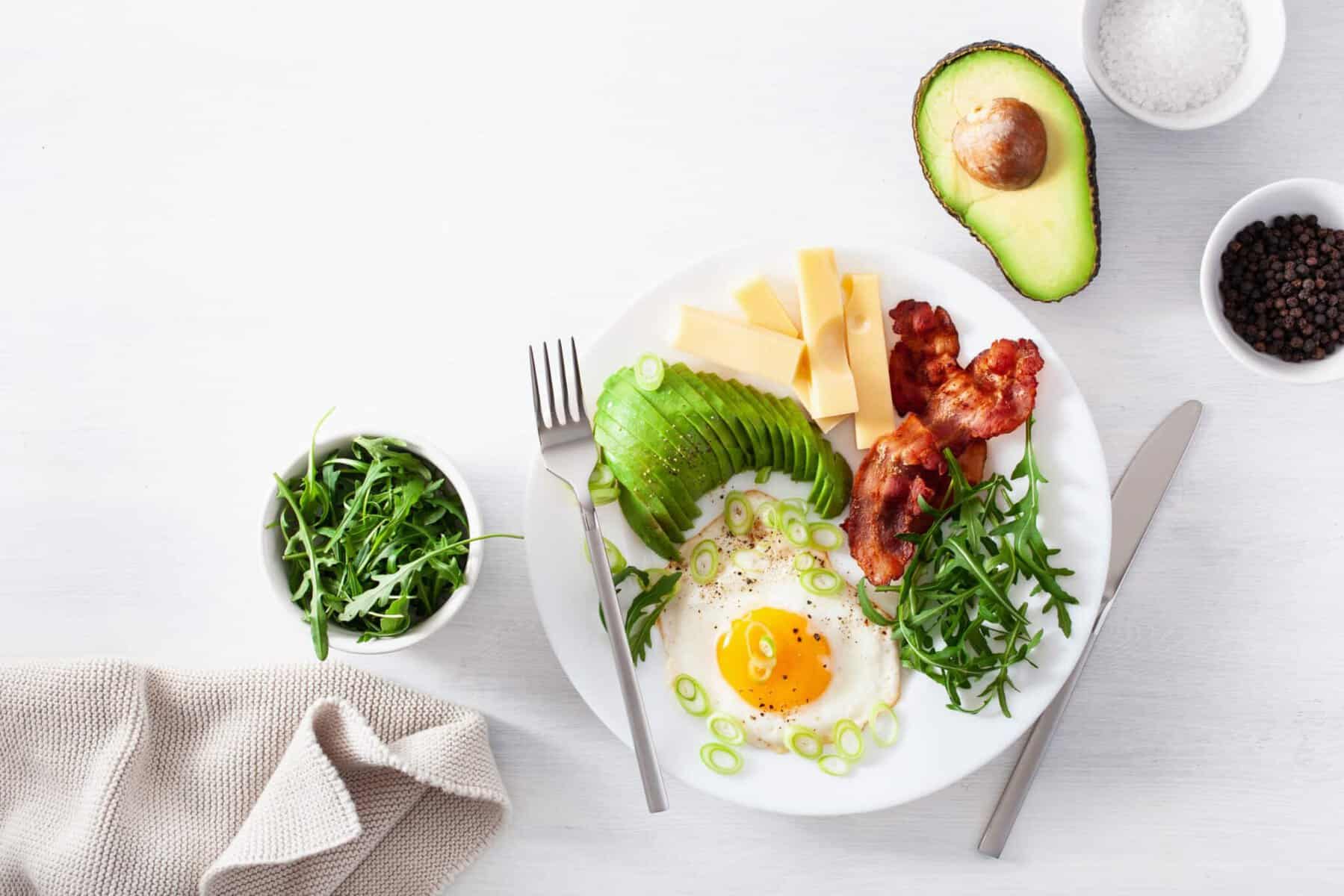
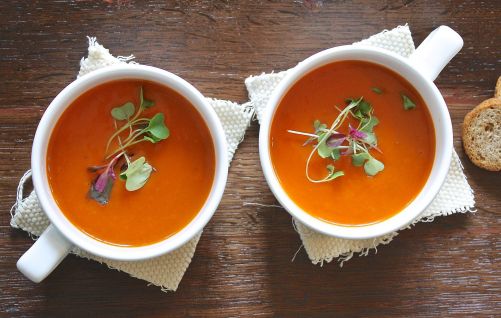
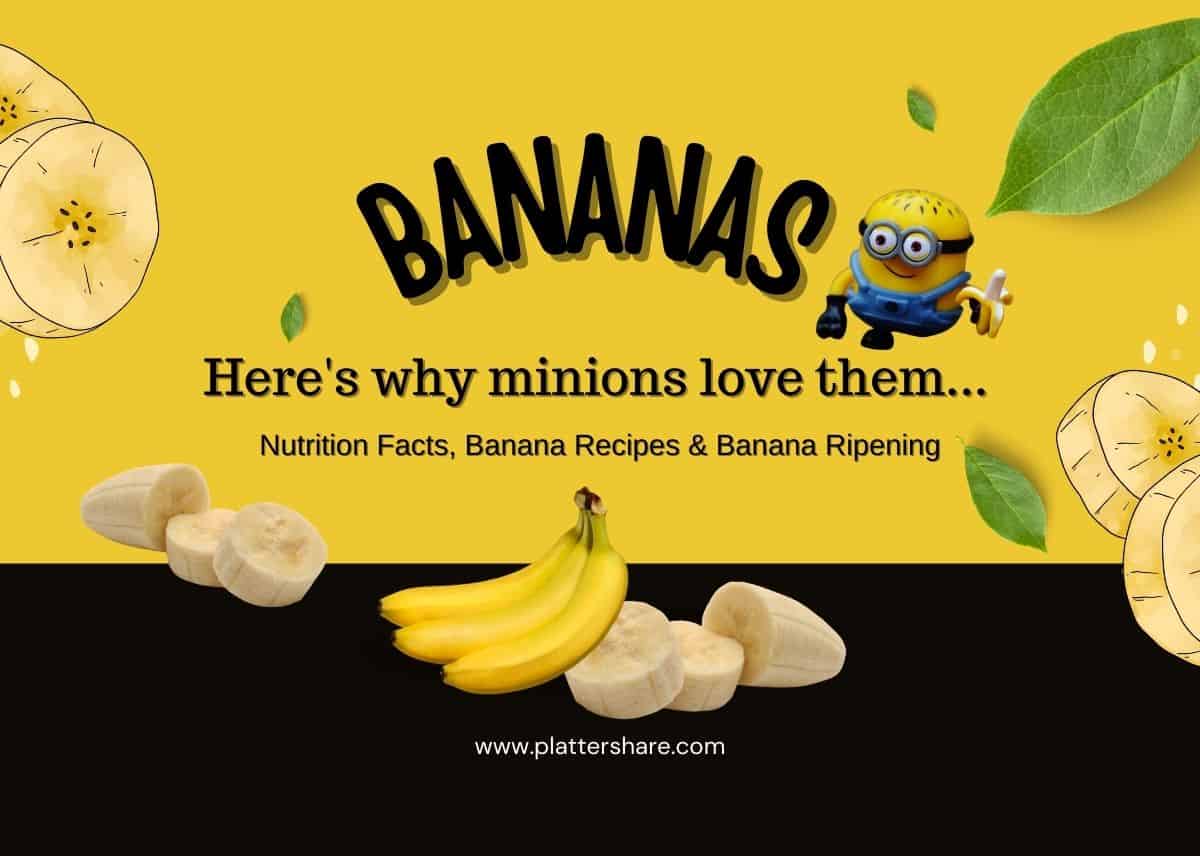

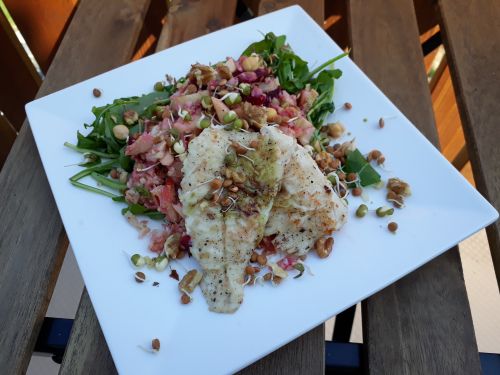
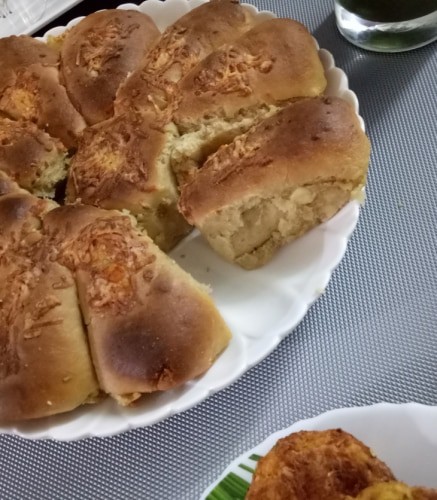

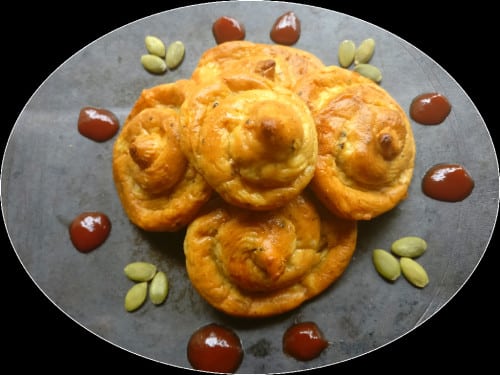
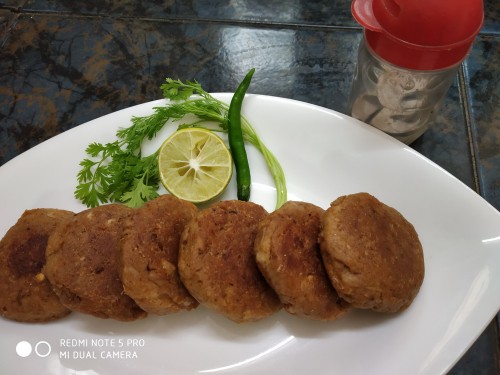
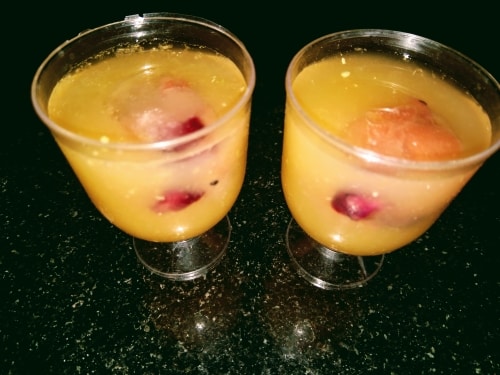
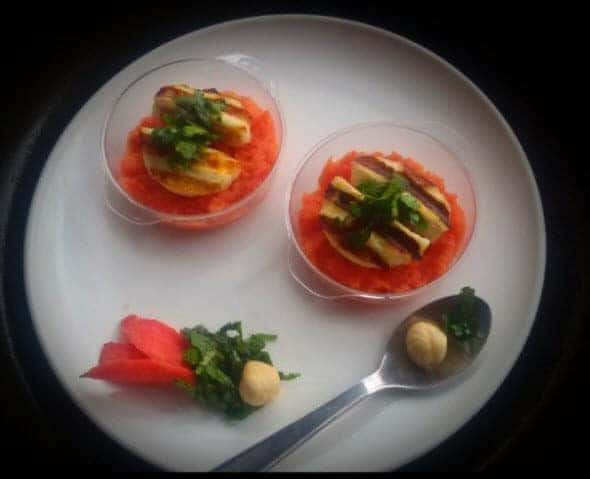

Nice plateform
Writing a recipe is not an easy task…Planning is really very important…
very nice